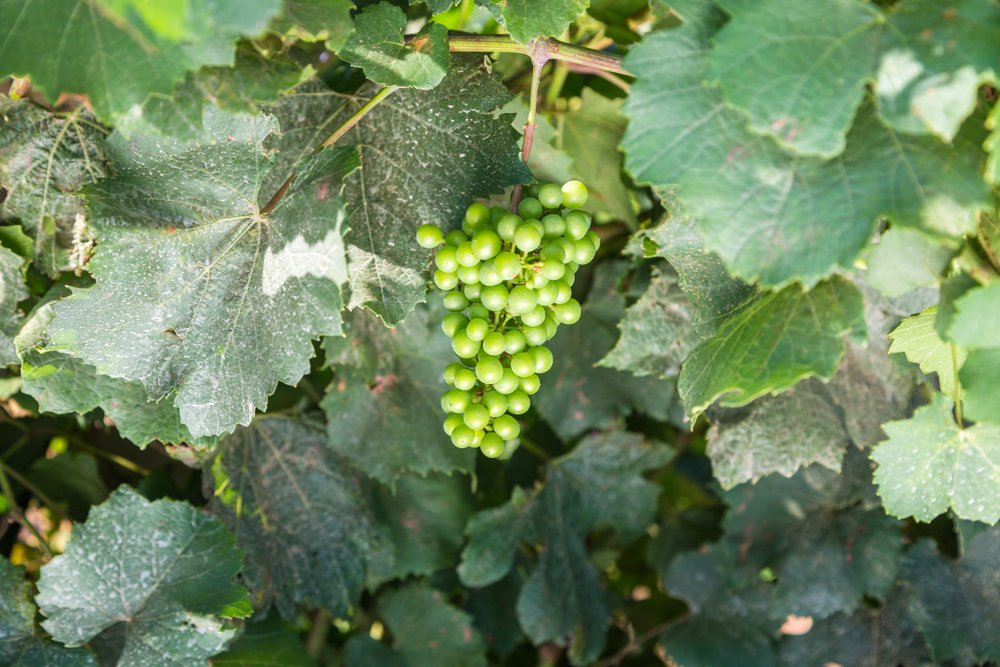Monitoring Freshwater Improvement Actions
Monitoring the effectiveness of interventions and mitigation actions on freshwater improvement
Project Details Ngā taipitopito
Oct 2021 – Dec 2023 (tool development)
Collaborators Ngā haumi
AgResearch | Auckland Council | Bay of Plenty Regional Council | Bridger Consulting | Cawthron Institute | DairyNZ | Department of Conservation | GNS Science | Griffith University | Headwater Hydrology | Horizons Regional Council | Komanawa Solutions | Land Water People | Lincoln University | Marlborough District Council | Ministry for the Environment | Ngāti Kuia | Ngati Raukawa | Pokaiwhenua Catchment Board | Te Hoiere Restoration Project | Traverse Environmental | Waikato Regional Council | Waikato River Authority
What are we doing?E aha ana mātou?
Many people are taking action to improve freshwater quality through activities such as stream fencing and planting, wetland restoration, and changes in farming practices.
It is important to understand whether these actions are successful in improving the health of our freshwater systems.
Government regulations introduced in 2020 require action to be taken to improve freshwater where it is degraded, and task regional councils with monitoring both the mitigation actions and their freshwater outcomes.
Our current freshwater monitoring methods and networks are designed to give us information on the state and trend of freshwater but can be ill-suited to robustly establish relationships between improvement actions and their effect.
This research programme is developing a toolkit to help people involved in freshwater improvement actions design monitoring programmes to measure improvements in rivers, lakes and groundwater, and to help them select appropriate monitoring technologies that enable early detection of improvement.
Over time, these monitoring programmes will provide information on successes and failures of past actions, helping prioritise the most effective actions to improve freshwater quality, so our rivers more quickly return to good health.
Final completion of the toolkit is expected by the end of 2023 and will be freely available at monitoringfreshwater.co.nz. A working draft version of the toolkit is live so potential users can provide input and feedback, but this version is still under development and should not be used to make operational decisions.
How can the research be used? Ka pēhea e whai take ai te rangahau?
- The toolkit produced by this research will help everyone involved in freshwater improvement actions (councils, iwi, co-governance entities and catchment groups) robustly monitor rivers, lakes and groundwater aquifers to detect early improvement. For example, the toolkit will enable a regional authority to find out whether its existing freshwater monitoring network is suitable to detect water quality improvements resulting from the implementation of a freshwater plan.
- The toolkit provides new tools and resources to decide what to measure, where, when, with what technology, and how much it will cost. It is supported by open-source code and is freely available.
- The research explores which monitoring designs best facilitate a te ao Māori-framed approach to detecting the effects of whenua-based mitigation actions on wai Māori.
- An online interface allows people to define a level of expected reductions in the losses of the four main contaminants (nitrogen, phosphorus, sediment and coli) from various types of land use and land cover within a catchment, or to directly define the level of water quality improvement they are hoping to see. The online tool provides guidance on best monitoring locations, durations and frequencies for key water quality and ecological indicators to detect improvements.
- Catchment groups or their freshwater advisors can use the online tool to identify where monitoring would be best targeted, how many sites should be monitored and how often they should be monitored to measure the success of their management actions.
- A factsheet will summarise monitoring technologies and costs for each key water quality and ecological indicator.
Related research updates Ngā pānui mō te rangahau nei
Participation & engagement Te hunga i whai wāhi mai
- Two case studies have been undertaken: the Pokaiwhenua catchment (a tributary to the Waikato River) and the Pelorus / Te Hoiere Catchment. In each case study, researchers engaged with the catchment’s community, including tangata whenua, catchment groups and regional council.
- Case studies focussed on the application and testing of the tools and resources produced as part of this research programme in a real-life catchment management context. The main output is the design of a monitoring programme optimised to assess the success of mitigations applied in each catchment.
- The case studies involved hui led by tangata tiaki to keep tangata whenua informed and to disseminate outputs.
- The Implementing Te Mana o Te Wai project held wānanga with mātauranga Māori experts from around the country to discuss their relationship with wai, and how this needs to be reflected in the implementation of Te Mana o te Wai.
 View Our Strategy Document 2019 – 2024
View Our Strategy Document 2019 – 2024













